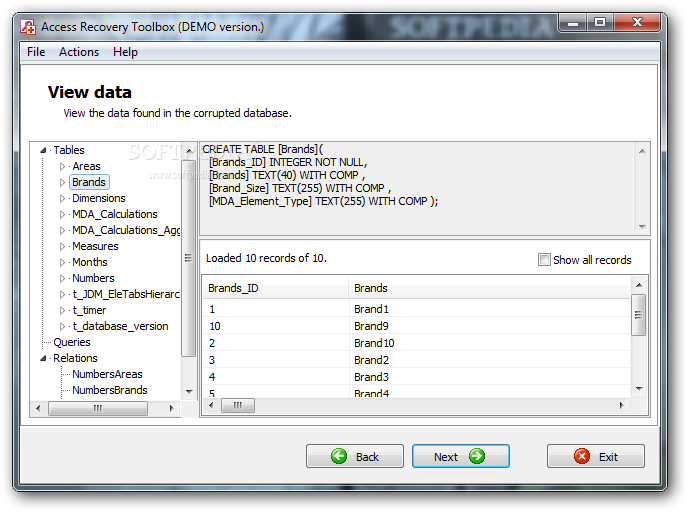
The Royal Brompton & Harefield NHS Foundation TrustĪbstract: We propose a novel patient-specific generative approach to simulate the emergence and growth of lung nodules using 3D cellular automata (CA) in computer tomography (CT).

Patient-Specific 3D Cellular Automata Nodule Growth Synthesis in Lung Cancer without the Need of External Dataīiomedical Image Analysis Group, Imperial College London Significant improvement in prediction (p-value <= 0.0001) was achieved using the simulation-based marker (AUC = 0.85) compared to predictions based on the MRI features without and with oversampling (AUC = 0.77 and 0.80, respectively) Logistic regression was then performed to predict recurrence i) directly from MRI features following a conventional radiomics approach, ii) from intermediate parameters and iii) from the number of tumor cells at t = 8 weeks output given by the mechanistic model. The prescribed irradiation protocols were simulated using the mechanistic model.

Analogous digital tissues were built from pre-treatment MRI. A cohort of 76 patients with localized prostate adenocarcinoma having undergone external beam radiotherapy was used. The purpose of this work was to use a mechanistic in silico model of tumor growth and response to irradiation to obtain better predictions. Keywords: Modeling - Anatomical, physiological and pathological, Prostate, Magnetic resonance imaging (MRI)Ībstract: In prostate cancer radiotherapy, biochemical recurrence has been traditionally predicted using radiomics approaches with however limited performance. INSERM, U1099, Rennes, F-35000, France - Université De Rennes 1, Univ Rennes, CHU Rennes, CLCC Eugène Marquis, INSERM, LTSI - UMRĭépartement De Radiothérapie, Centre Eugène Marquis, Rennes, Fra Univ Rennes, CLCC Eugne Marquis, INSERM, LTSI - UMR 1099, F-35000

Mechanistic Simulation of Tumor Response Outperforms Radiomics Predicting Recurrence in Prostate Cancer Radiotherapy Southern University of Science and Technology Université De Lyon, CNRS UMR 5220, INSERM U1206, INSA Lyon

Université Nice Sophia Antipolis, Laboratoire I3S, CNRS, INRIA


 0 kommentar(er)
0 kommentar(er)
